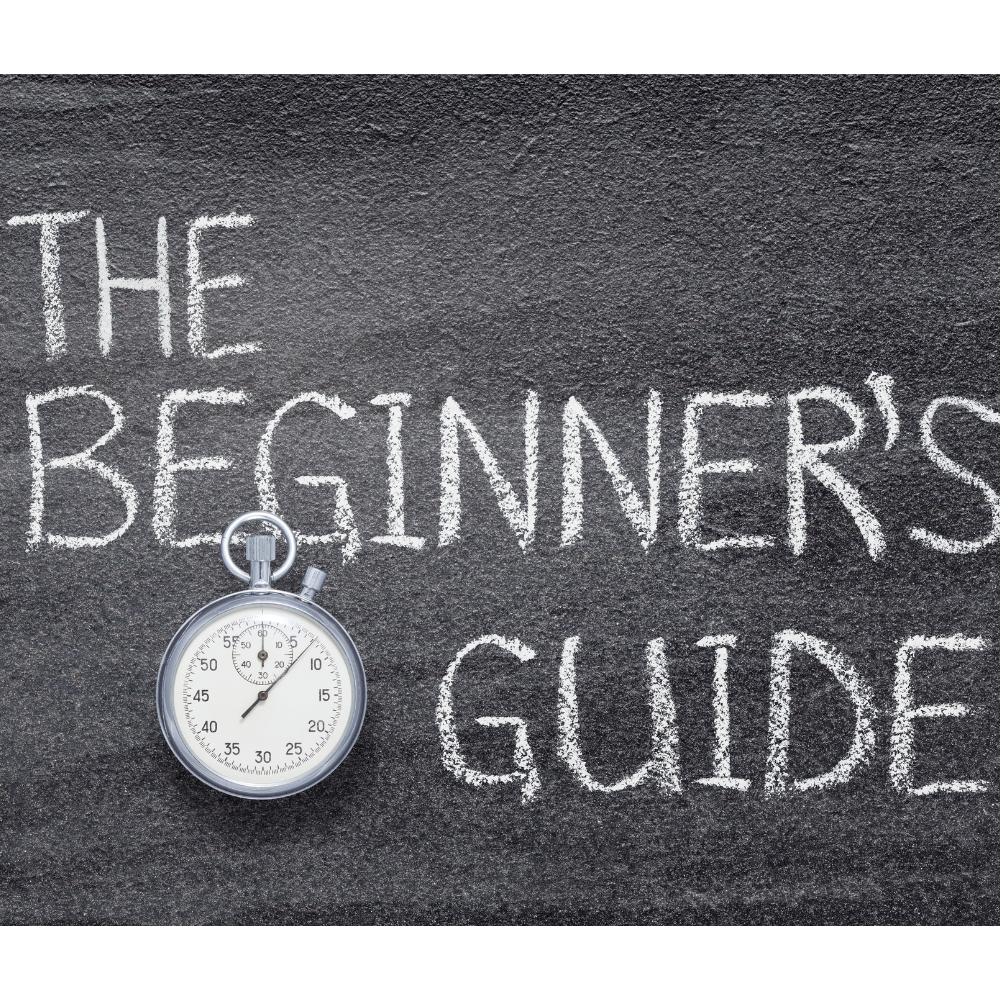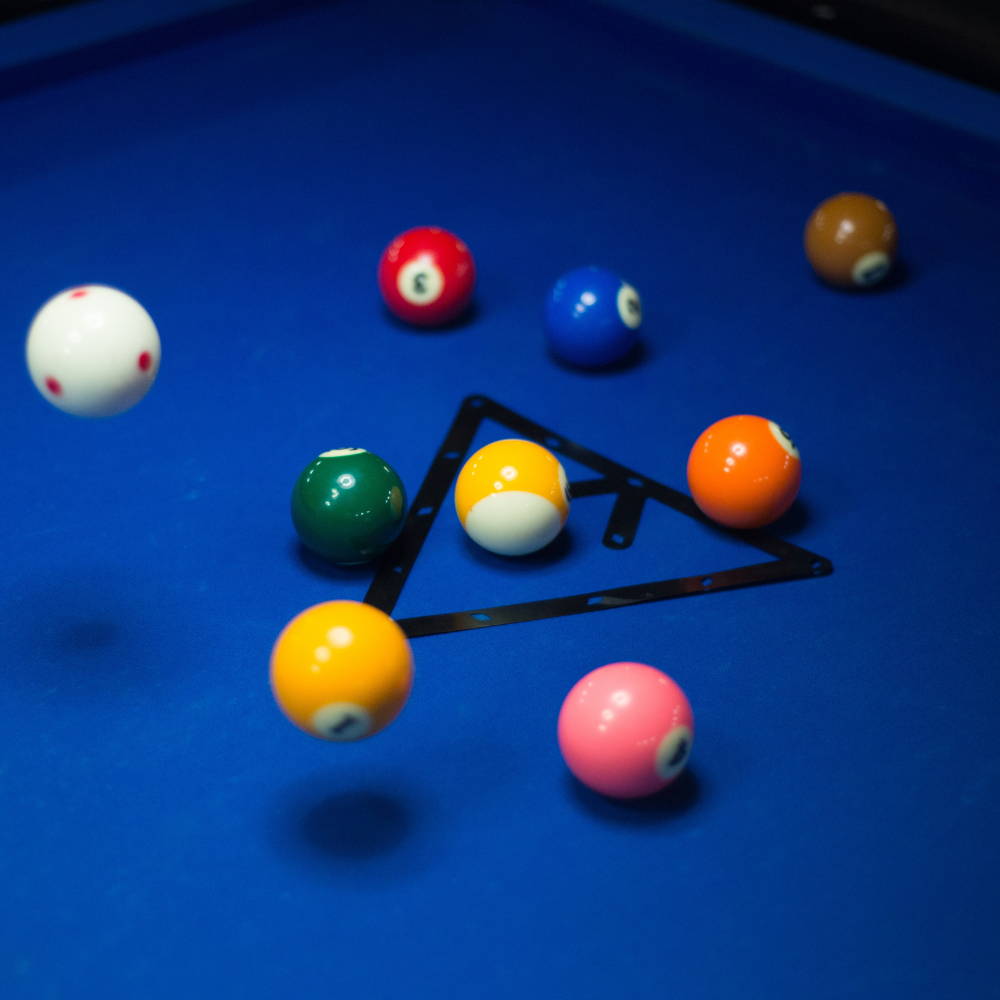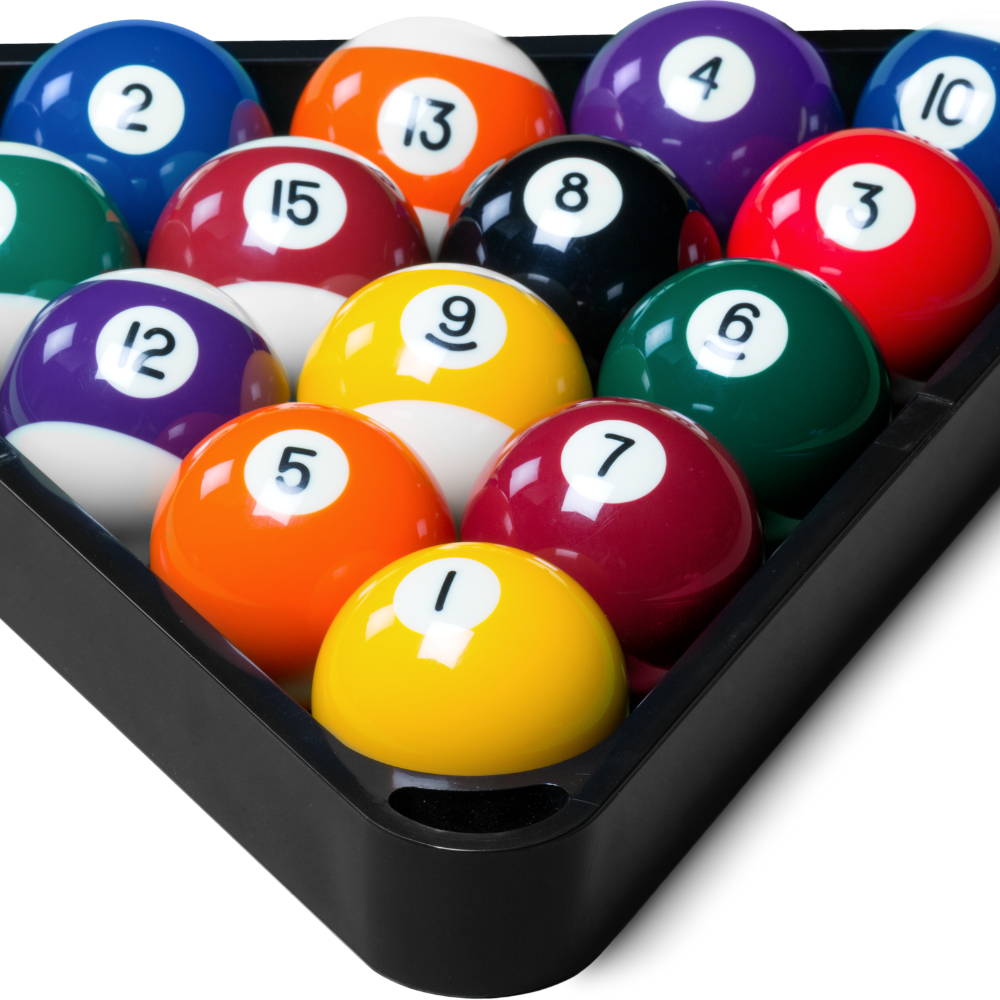Billiard Basics: A Beginner’s Guide to Perfecting Your Pool Game
Billiards, popularly known as pool, is a game of skill, strategy, and precision. Whether you're playing in a posh pool hall or a casual setting at home, understanding the fundamentals can significantly improve your game. This guide provides beginners with a comprehensive introduction to the art of pool.

1. Understanding the Game
Billiards encompasses various games. The most popular is 8-ball, where the primary objective is to sink either all the solid or striped balls, finishing with the black 8-ball. Then there's 9-ball, which requires players to pot balls in numerical order. It’s essential to know which game you’re playing and the specific rules that apply.
2. The Right Equipment
- Cue Stick: Your cue is an extension of your arm. Choose a straight cue with a comfortable weight. Ensure it’s well-maintained, with a rounded tip for better ball control.
- Chalk: Regularly chalking the cue tip helps increase friction, allowing for more spin and less miscues.
- Billiard Balls: Ensure they are clean. Dirt or grime can affect their trajectory.
- Table: A standard pool table has six pockets and a felt-covered slate surface. Keep it level and free from debris.
4. The Bridge
Your bridge hand supports the cue stick, guiding it as you shoot:
- For a closed bridge, lay your hand flat on the table, raising your knuckles. Slide the cue between your thumb and forefinger.
- For an open bridge, spread your fingers wide on the table, forming a V for the cue.
5. The Stroke
A smooth, straight stroke is crucial. Pull the cue back slowly, ensuring your grip is relaxed but firm. Push forward in a straight line, using your elbow as a pivot.
6. Aiming
Aligning the cue ball's path with your intended pocket is essential:
- Visualize an "imaginary line" from the ball you want to pot to its destined pocket.
- Aim to strike the cue ball's center for a straight shot. Adjust the height for spin or curve.

7. Power and Spin
- Power: Not all shots need maximum power. Sometimes, a soft touch is more effective. Practice varying shot strengths for different scenarios.
- Spin: By striking the cue ball off-center, you can create spin effects. Topspin, backspin, and sidespin can drastically change the ball’s direction after impact.
8. Basic Shots to Master
- Stop shot: Striking the cue ball's center to stop it dead after hitting the object ball.
- Follow shot: Applying topspin to make the cue ball continue moving after impact.
- Draw shot: Using backspin to make the cue ball reverse its direction after hitting the object ball.
9. Strategy and Positioning
Thinking ahead is the key to billiards. Always plan your next shot. Ideally, you'll want to position the cue ball to set yourself up for successive pots.
10. Practice Makes Perfect
Like any skill, mastering pool requires regular practice. Dedicate time to practice different shots, spins, and scenarios. Over time, you'll develop muscle memory, and complex shots will become second nature.
Advanced Techniques
1. Cue Ball Control
While beginners focus on potting balls, experts know the game revolves around cue ball control. Here’s how:
- Kill Shot: This minimizes cue ball movement by using a delicate draw.
- Force Follow: It allows the cue ball to travel forward even when the object ball is close to the pocket.
- Throw: When you strike the object ball slightly off-center, you can influence its direction more than expected.
2. Safety Play
Sometimes, it's more strategic not to pot a ball but to leave your opponent in a difficult position:
- Snooker: Hide the cue ball behind another ball, making your opponent's next shot challenging.
- Distance: Place the cue ball as far away from the next object ball as possible.
3. Jump and Masse Shots
Advanced players can make the cue ball jump over another ball or curve its path:
- Jump: Elevate the back of your cue sharply and strike the cue ball's bottom.
- Masse: Tilt your cue to a near-vertical position and strike the cue ball's side, making it curve dramatically.
The Mental Game
4. Visualization
Before any shot, visualize its entire path, including where the cue ball will end up. This mental rehearsal improves accuracy and strategic play.
5. Focus and Concentration
The difference between a good player and a great one often boils down to concentration. Eliminate distractions and focus on the current shot, not the previous mistake or next turn.
6. Routines
Developing pre-shot routines can enhance consistency. This could be how you chalk your cue, approach the table, or even breathe.
7. Continuous Learning
Always be open to learning. Watch professionals, read books, and consider coaching. Every player, regardless of skill, has something new to learn.
Taking Care of Equipment
8. Regularly Clean Your Cue
Dirt or oil can affect your cue's performance. Use a soft cloth to clean it and consider occasional sanding for an optimal grip.
9. Replace the Tip
The cue tip undergoes wear and tear. Replace it when it becomes flat or cracked to maintain maximum ball control.
10. Respect the Table
A well-maintained table provides a consistent playing surface. Brush the felt regularly, avoid spilling liquids, and ensure the table is level.
Joining the Community
11. Local Leagues and Tournaments
Joining local leagues can accelerate your learning curve. The experience of competitive play is invaluable.
12. Social Aspects
Billiards is as much about camaraderie as competition. Engage with fellow players, share tips, and enjoy the community spirit.

Conclusion
Billiards is a blend of physical skill and mental strategy. While mastering the basics is the foundation of a strong pool game, the true essence lies in continuously learning and adapting. Whether you’re aiming to become a professional or just want bragging rights among friends, remember that patience, practice, and a love for the game are your best allies. Happy potting!
Are you looking for a Pool Table? check out our pool tables range Pool Tables





